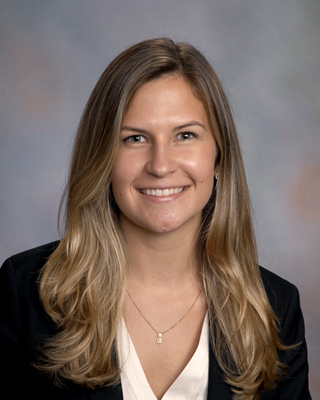

Sepsis cases vary in response to standard IV care
Sepsis is a dangerous condition that happens when the body overreacts to an infection, often leading to organ failure. Treating the condition has always been problematic, and especially when an acute kidney injury is involved.
New research, however, suggests why conventional treatments vary in their effectiveness among patients. Not all sepsis patients are biologically the same, and therefore can respond very differently to fluid intervention, according to a study published July 16 in the American Journal of Respiratory, Critical Care and Sleep Medicine.
The researchers analyzed 1,289 patients enrolled in a multicenter national clinical trial called CLOVERS, for Crystalloid Liberal or Vasopressor Early Resuscitation in Sepsis.
The scientists identified two distinct molecular types of sepsis. These sepsis biological subtypes, labeled SP1 and SP2, look the same physically, but under the microscope, they’re different.
Working with patients suffering from sepsis, the researchers measured three blood biomarkers to identify the two subtypes. They were then able to show that these two subtypes were associated with different clinical outcomes and different responses to resuscitation strategies.
Patients respond individually and uniquely to a treatment, noted the study’s senior author, Dr. Pavan Bhatraju, a UW Medicine critical care physician and a University of Washington School of Medicine associate professor of medicine.
“Sepsis is one of the most common causes of death in the hospital,” said Bhatraju. “And yes, we have antibiotics, but one of the main treatments is supportive care.” This includes administering IV fluids and starting IV vasopressors if the patient has persistently low blood pressure.
The study focused on how patients with sepsis responded to the standard therapy protocol of giving fluids.
Patients with the SP2 subtype, which was marked by more inflammation and blood vessel damage, fared significantly worse when given large volumes of fluids. Their 28-day mortality rate jumped to 41% with liberal fluids, compared to 27% with more restricted fluids. Meanwhile, SP1 subtype patients had no difference in outcomes no matter how much fluid they received, the authors noted.
SP2 patients also spent more time on ventilators, dialysis and blood pressure medications when given more fluids. These findings suggest that for some people, aggressive treatment may do more harm than good.
“This research shows that sepsis isn’t just one disease. It’s many, and we need to treat it that way,” the authors wrote. “By identifying patients' biological profiles early, we may be able to personalize care and improve survival.”
This perspective has long been useful in treating cancers, Bhatraju added. This study, he suggested, is one of the first to shed light on patients’ varying responses to the standard therapy in cases of sepsis and kidney failure.
Dr. Elizabeth Kiernan, a nephrology fellow at the University of Washington School of Medicine and corresponding author of the paper, added, “Though we know distinct phenotypes of sepsis disease and response exist, it is difficult to distinguish them clinically in real time. This approach offers an exciting way to providing more precise, data-driven care in the ICU.”
A potential next step would be to develop a rapid chemical assay to discern a patient’s sepsis subtype, which emergency clinicians could use before beginning sepsis treatment with any patient, the authors concluded.
The research was supported by the National Institute of Diabetes and Digestive and Kidney Diseases (R01DK133177).